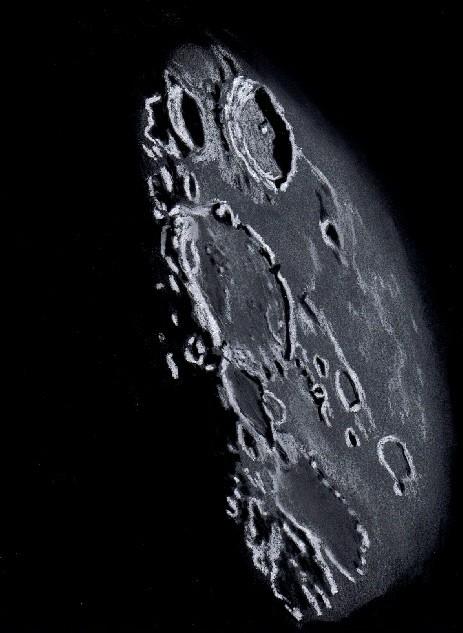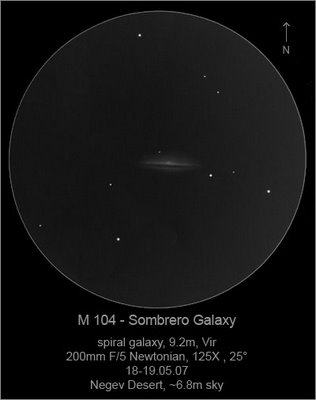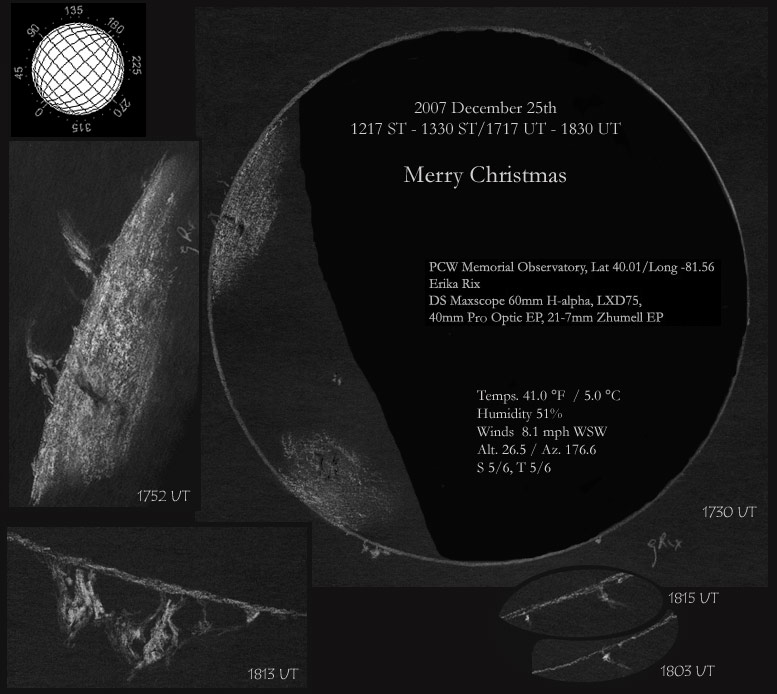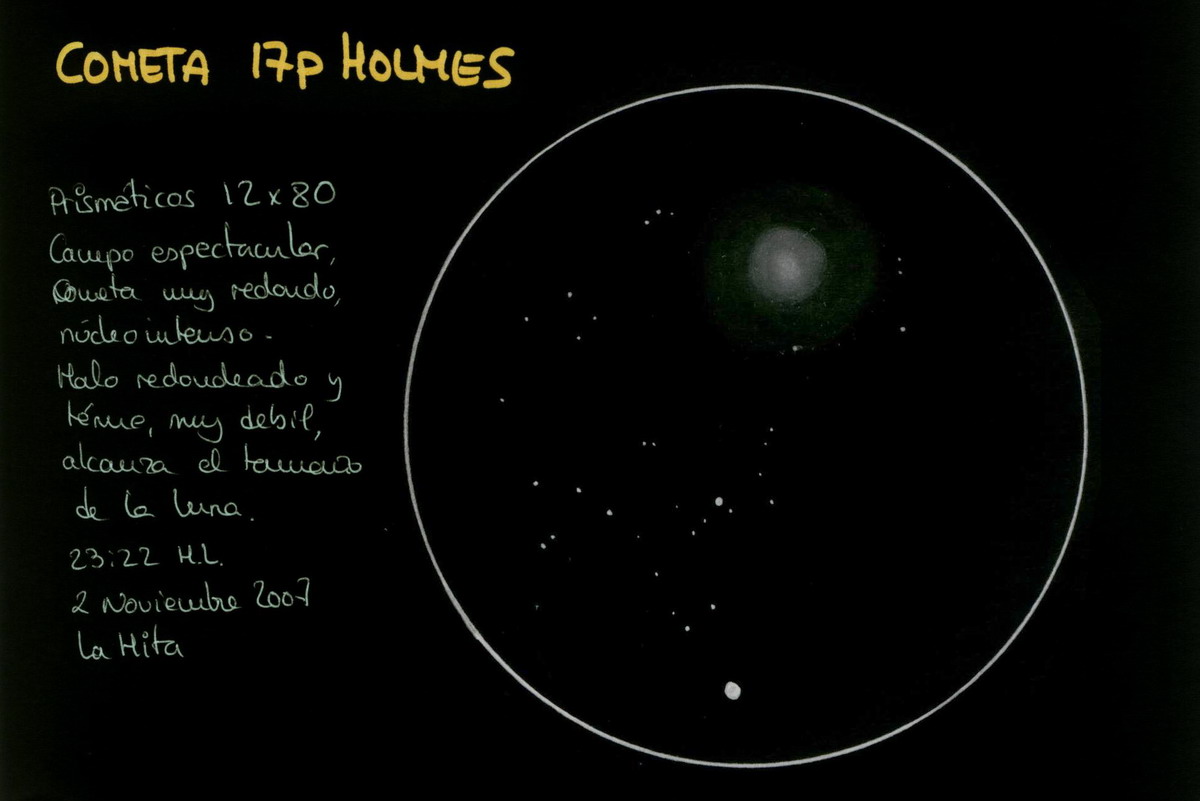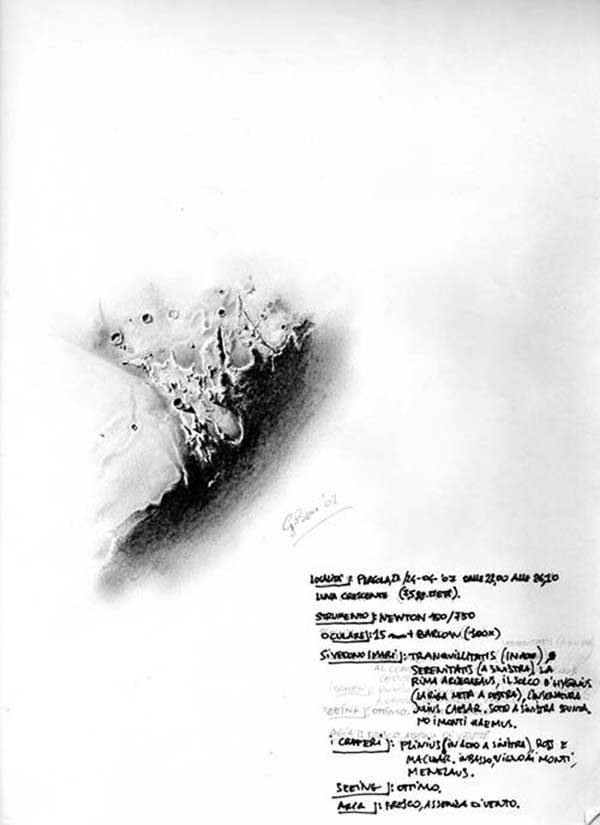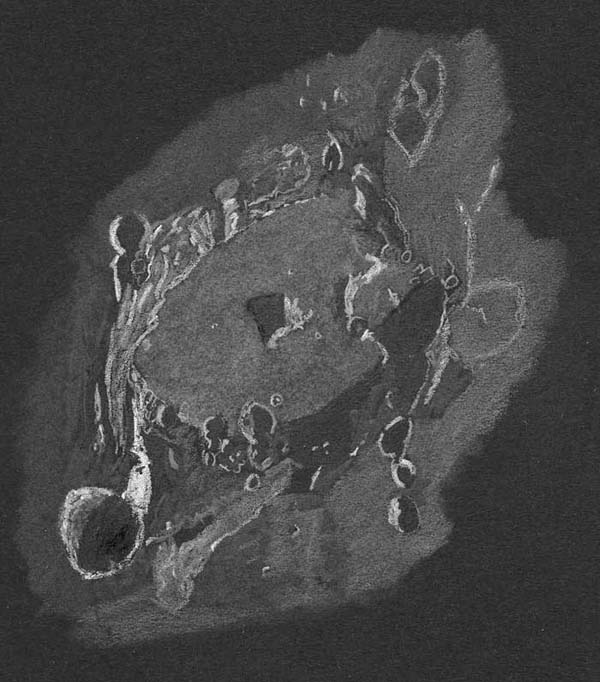Messala and environs
By Frank McCabe
Clear windless sky during the day and at night with temperatures just above the
freezing point of water, these are ideal weather conditions in winter for the
Midwestern USA. The waning gibbous moon was bright and high at midnight following
Mars across the celestial hemisphere. Through my 10” telescope I zeroed in on the
region north of Mare Crisium. I then turned on the drive platform and began
sketching the region of the terminator centered on ancient pre-Nectarian age
crater Messala (126 km.). This walled plain crater in the waning sunlight was
showing off its rubble covered irregular floor and battered walls. Although the
seeing was not the best, which stopped me from sketching Mars, this region of the
lunar northwest was putting on a good show. The floor in addition to being lava
covered, irregular and dark, appears slightly convex or domed. To the southwest
large much younger crater Geminus ( 88 km.) with its central peak just beyond the
shadowed floor was showing
its greater depth and terraced walls. Bernoulli (50 km.) closer to the terminator
is filled with shadow too. Touching Messala to the north is Schumacher (63 km.)
with its dark smooth floor and beyond the apron of this crater northward is ancient
Lacus Temporis (Lake of Time). To the southwest of Lacus Temporis are the ancient
craters Shuckburgh (41 km.) and then Hooke (37 km.).
Sketching:
For this sketch I used: black Strathmore 400 Artagain paper, 12”x 9”, white and
black Conte’pastel pencils and a blending stump. Brightness was slightly decreased
after scanning.
Telescope: 10 inch f/5.7 Dobsonian and 9mm eyepiece 161x
Date: 12-26-2007 5:30-7:00 UT
Temperature: 0°C (32°F)
clear, calm
Seeing: Antoniadi III
Co longitude: 113.7°
Lunation: 16.6 days
Illumination: 93.3 %

